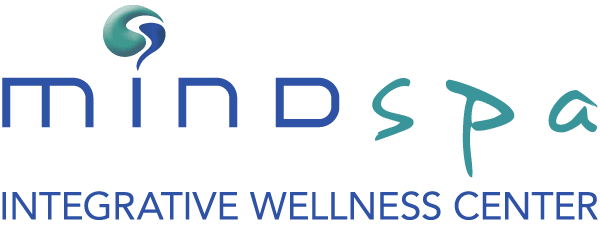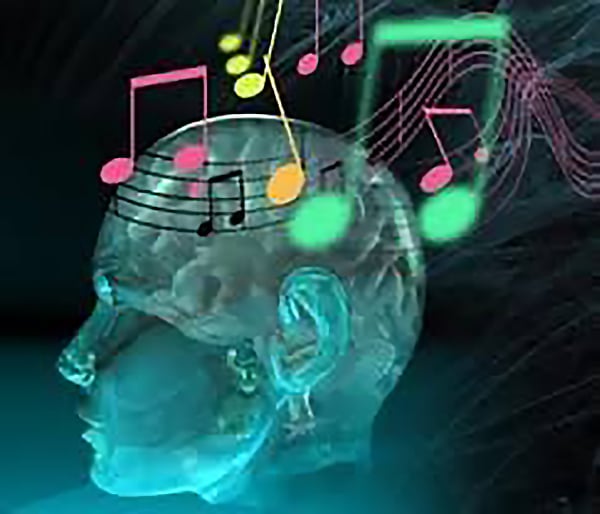Home Neurofeedback for Insomnia, Anxiety, and Depression
Brain Music Therapy can improve your sleep and condition your brain with your own unique sound. This method records your brain waves in the active and passive states and is then converted into a classical music symphony C.D. for you to listen to while you rest and sleep.
A note from Dr. George Rozelle;
In June 2005, Dr. Galina Mindlin, a New York City psychiatrist and professor at Columbia University, appeared on Good Morning America to talk about an exciting new modality called Brain Music Therapy. I immediately contacted Dr. Mindlin to share my background and interest and, as a result, I became the second person in the U.S. to provide this unique therapy. I had amazing success with it and made it a part of my treatment repertoire. I introduced Dr. Mindlin to the neurofeedback world and, together, we presented at national meetings and built a network of providers around the country.
Brain Music Therapy was developed in 1991 by Dr.Lakov Levine at the Moscow Academy in Russia. Dr. Mindlin worked with Dr. Levine and helped to further develop BMT as a tool for clinicians. Researchers had observed the similarities between EEG rhythms and music rhythms as well as the entraining effects of music on the brain. They developed algorithms to convert recorded EEG into a personalized music file. By recording EEG in a relaxed state and carefully editing out the desired frequencies and then converting them to music, the researchers found that they could produce a brain entrainment effect to promote relaxation and sleep. Experimenting with various instruments, they found classical piano to have the best effect. In double-blind controlled studies, they found that 80% of subjects reported improved sleep. Interestingly, subjects who listened to another person’s brain music had no change, even when they were told it was their own music.
In my clinical experience, I similarly found an 80% success rate. It is a nice option for those who are unable to come in for multiple appointments because it only requires one office visit to do the initial EEG recording. I have had the best results when we are able to do both in-office and home neurofeedback training.

